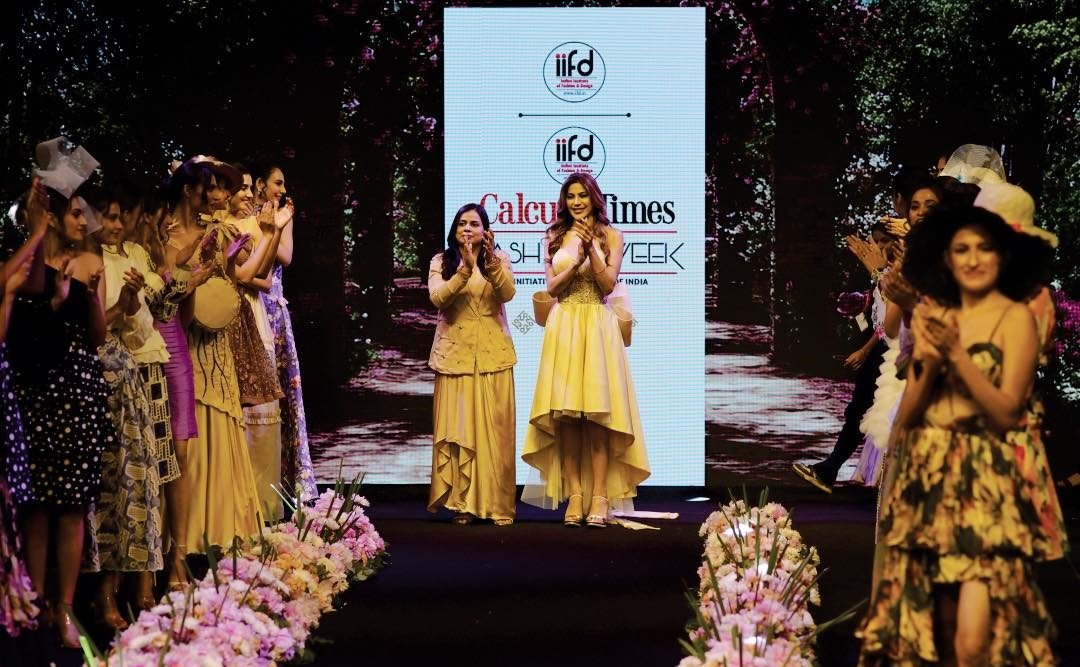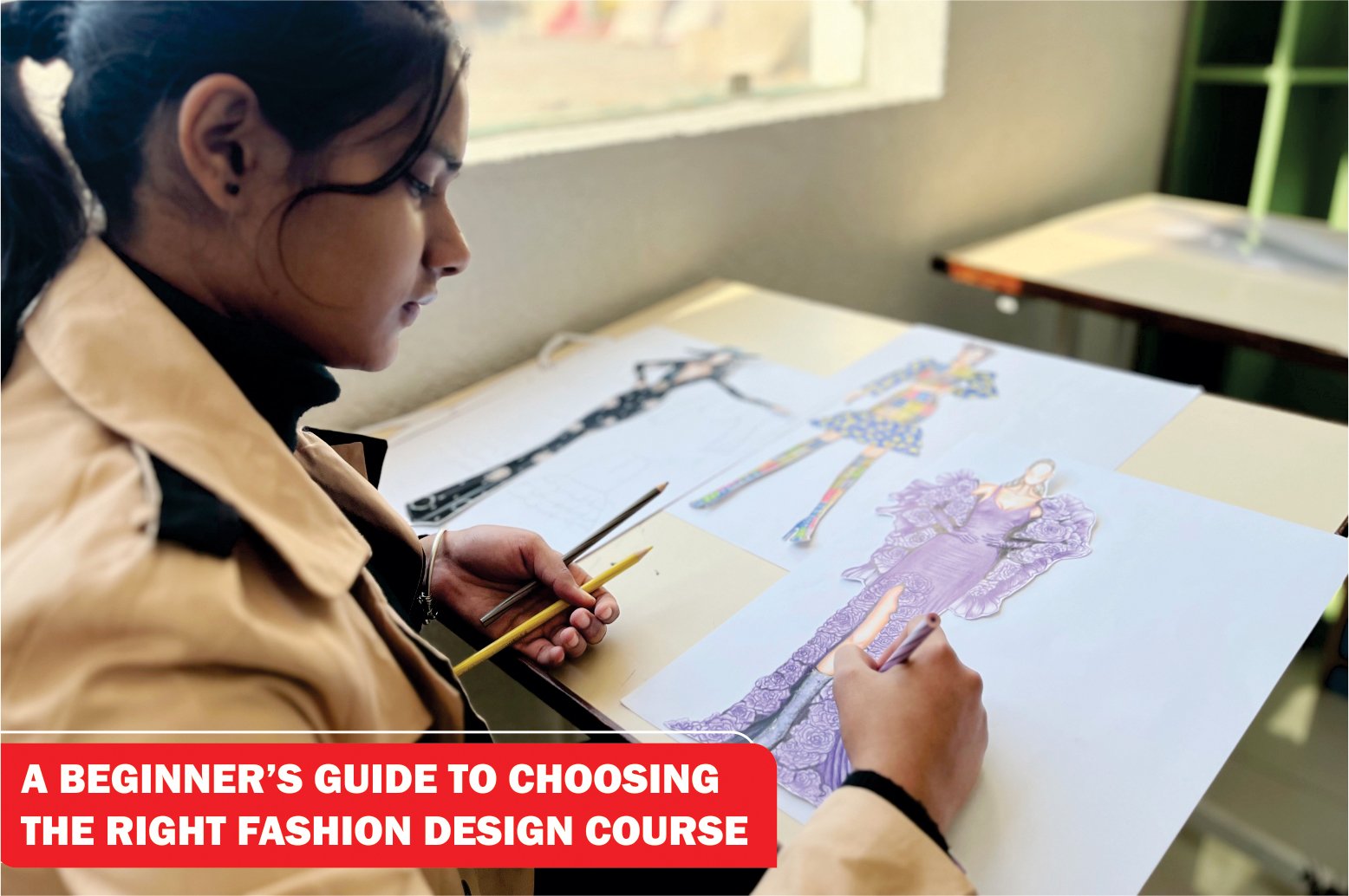Cutting fabric is one of the initial stages of the making of a garment. And as the saying goes, you must begin well to end well. Careless or untidy cutting can lead to unprofessional sewing and one of the key factors that a brand guarantees is a good fitting. You must have noticed great brands like Van Huesen or Tommy Hilfiger. Such brands are fancied because of their fitting. So even when you are an upcoming fashion name, you must get your working patterns right so as to not regret later. Fabric must be cut with precision, using the right tools and efficiently.
First let’s talk about some of the specific scissors that should be used for smooth finishing. The most essential fashion designing tools every fashion designer must possess is a fabric scissor which is ideally 8 inches long and navigates through fabric like a knife in butter. There are further two types of long scissors. One is a bent handled scissor which makes it comfortable for the user to hold it and work for long hours without difficulty. The other one is a blunt tip scissor which has sharp blades but blunt tips to prevent accidental tearing or ripping of the fabric. Then the third tool is a pair of thread snips. This is an indispensable part of the embroidery kit and its function is to neatly cut off little offshoots or the extra threat.
Now, to master the art of cutting perfectly, we must first understand the constitution of a fabric. A fabric is made up of warp threats which are found along the length and weft threat which lie along the width. Every fabric has grain lines which mark the length and width of fabric. The length can be easily identified because it is even and finished. Whereas the width is rough and unfinished. Depending upon the design of the dress and the fall, fabric is usually cut lengthwise i.e., along the warp threads. Another reason to start in this direction is because that the warp threads are stronger. Occasionally, fabric can be cut weft wise but only if the design requires it. Hence the fabrics role in fashion designing is important for give outstanding look to clothes.
Folding is another aspect which must be done right in order to cut properly. As fabric needs to be cut lengthwise, the folds are also pinned lengthwise. One could also fold crosswise if there is some pattern or print on the fabric that one wants to avoid ruining. Then the next task is to cut fabric straight. With practice and repetition this process becomes refined and steady but at the beginning designers can struggle with cutting straight. The traditional way of hitting a straight cut is to make a slight tear and then pulling both the parts away from each other but this can be usually attempted with natural fabrics like cotton and also results in rugged edges of fabric. The most professional method to cut straight is to use a cutting mat. A cutting mat has grid lines which act as a guidance all along while fabric is being cut. All you need to do is cut off the extra cloth. In case you don’t have a cutting mat, a ruler can be a good substitution. The ruler will act as a grid line to mark how much you need to cut off. Other things to keep in mind is to keep the fabric ironed before cutting it. rewashing can help you understand the nature and tendencies of the fabric better. In case it shrinks, you must know before you start cutting. And of course, use the sharpest scissor you can avail for while cutting fabric, a competent pair of scissors are you your best friend.





